Here’s something wild: Opapa was neighbors with Leon Trotsky, Frida Kahlo, and Diego Rivera when he lived in Mexico City during the summer of 1939!
I figured this out by looking at envelopes. This one, from Jani Batyád in Rimóc, Hungary, was addressed to “Mr. Georg Gerbner, Continent = America, Staat = Mexico, Mexico City, Calle Paris 7.”
A quick Google search revealed the following location for “Calle Paris 7,” with several important landmarks nearby: the “Museo Casa de León Trotsky” and the “Museo Frida Kahlo.” Both are about a 7 minute walk from Calle Paris 7, where Opapa was staying:
The museums are the former homes of Frida Kahlo, Diego Rivera, Leon Trotsky, and his Trotsky’s wife Natalia Sedova. All four lived in the neighborhood between 1937 and 1940, until Trotsky was assassinated by a Soviet double agent posing as a Spanish Communist.
I did a little digging, and it turns out that when Trotsky and Sedova first arrived in Mexico, in 1937, they lived with Frida Kahlo and Diego Rivera at La Casa Azul, their home in the Colonia del Carmen neighborhood of Mexico City.
Not only that, but Trotsky had a brief affair with Kahlo in 1937, and Kahlo dedicated a 1937 self-portrait to Trotsky.
Trotsky and Rivera everntually had a falling out, which prompted Trotsky and Sedova to move a few blocks away to Avenida Viena in April of 1939, just a couple months before Opapa arrived at Calle Paris 7.
Did Opapa know that he was living a few minutes walk away from Kahlo, Rivera, Trotsky, and Sedova? My guess is that he probably did — more specifically, I’ll bet he knew that Trotsky was in the neighborhood. Opapa was very well-read, and he was paying attention to Communist politics, particularly in the turbulent 1930s, as Stalinism and Nazism created fissures in the international Communist movement.
When Trotsky arrived in Mexico, he had recently been condemned to death in a mock trial in Russia (1936), and had already survived numerous assassination attempts (ordered by Stalin). He had been in political exile since 1929, moving from Turkey to France to Norway until President Lázaro Cárdenas offered him political asylum in Mexico in 1937.
During his long exile, Trotsky continued to write and publish anti-Stalin Marxist tracts and histories, including the History of the Russian Revolution (1930) and The Revolution Betrayed (1936). In Mexico, he and Rivera co-authored, with André Breton, a Manifesto for an Independent Revolutionary Art in 1938.
Trotsky’s outspoken opposition to Stalinism led to unrelenting persecution. Both of Trotsky’s sons with Sedova were murdered by Soviet agents while he was in Mexico — one in 1937 and one in 1938. And Trotsky himself survived assassination attempts in March 1939 and May 1940.
Trotsky’s presence was controversial in Mexico. The Russian-backed Communist party opposed his stay, and other leftist groups debated whether to support him or not. Trotsky hosted several Communist leaders from the US and elsewhere at his home at Avenida Viena, and he also published Clave, a Marxist journal. This is the May 1939 issue, which would have been circulating in the Colonia del Carmen neighborhood in the summer of 1939:
By June 1939, when Opapa arrived in Mexico, Trotsky was one of the most important, well-known, and controversial figures in the Communist movement. My guess is that Opapa had read at least some of Trotsky’s writings, or at least known about them.
Moreover, in Mexico, Trotsky was not in hiding. Here he is in 1939, reading portions of Behind the Moscow Trial by Max Schachtman outside his home in the Colonia del Carmen neighborhood. I’m not sure which month this photo was taken, but it may have been when Opapa was living just a few blocks away:
Opapa never really talked about his stay in Mexico City — most of his stories revolved around being a tour guide for American tourists — but based on the letters from 1939, he spent several weeks from June-July 1939 at Calle Paris 7 in Mexico City.1 It’s entirely possible that he saw Trotsky, or perhaps even heard him read aloud from a political tract. Alternatively, maybe he had no idea that one of the most famous and controversial figures in the Communist movement was his neighbor, along with two of the most important Mexican artists. I wish I could just ask him!
***
Nuts to crack:
Does anyone remember Opapa talking about Mexico city? If so, what did he say?
What did Opapa think of Trotsky? I searched his writings for any mention of Trotsky and didn’t find anything, but I’m sure he had an opinion.
Jani Bátyád’s letter was dated July 12, 1939, and his letter suggests that Opapa had been at Calle Paris 7 for at least a couple weeks. He was there long enough to receive this letter, dated July 12, 1939. And he had been there long enough for a postcard that he sent from Calle Paris 7 to reach Hungary.
my Dear good Gyuri, how are your days passing by? Are you still on the move? In other words, have you reached your final destination yet? I received your note, I mean your postcard, sent from Mexico City. I wrote an answer to that. However, I sent that letter to your Dear Father’s address in Pest, because I still have not received any information about how long You are staying at the address of Calle Pares 7, in Mexico City.
Jani Bátyad to George Gerbner, July 12, 1939
Starting in August 1939, letters to Opapa were addressed to “Wellsfargo, Mexico City,” so I think that means that he had departed and was traveling (possibly as the tour guide for Americans).

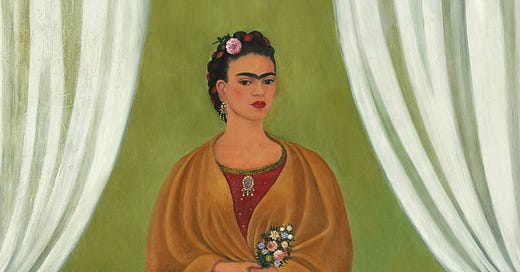


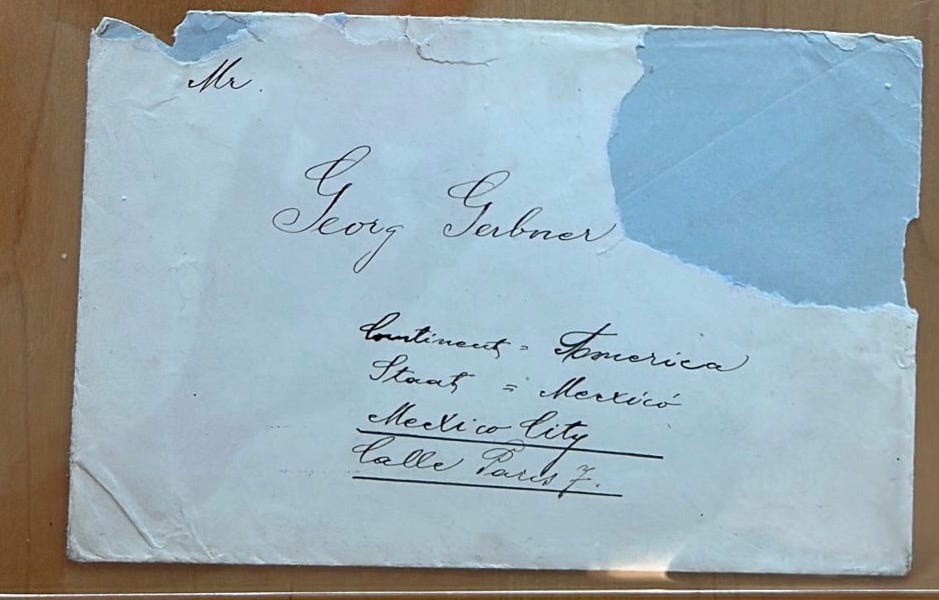
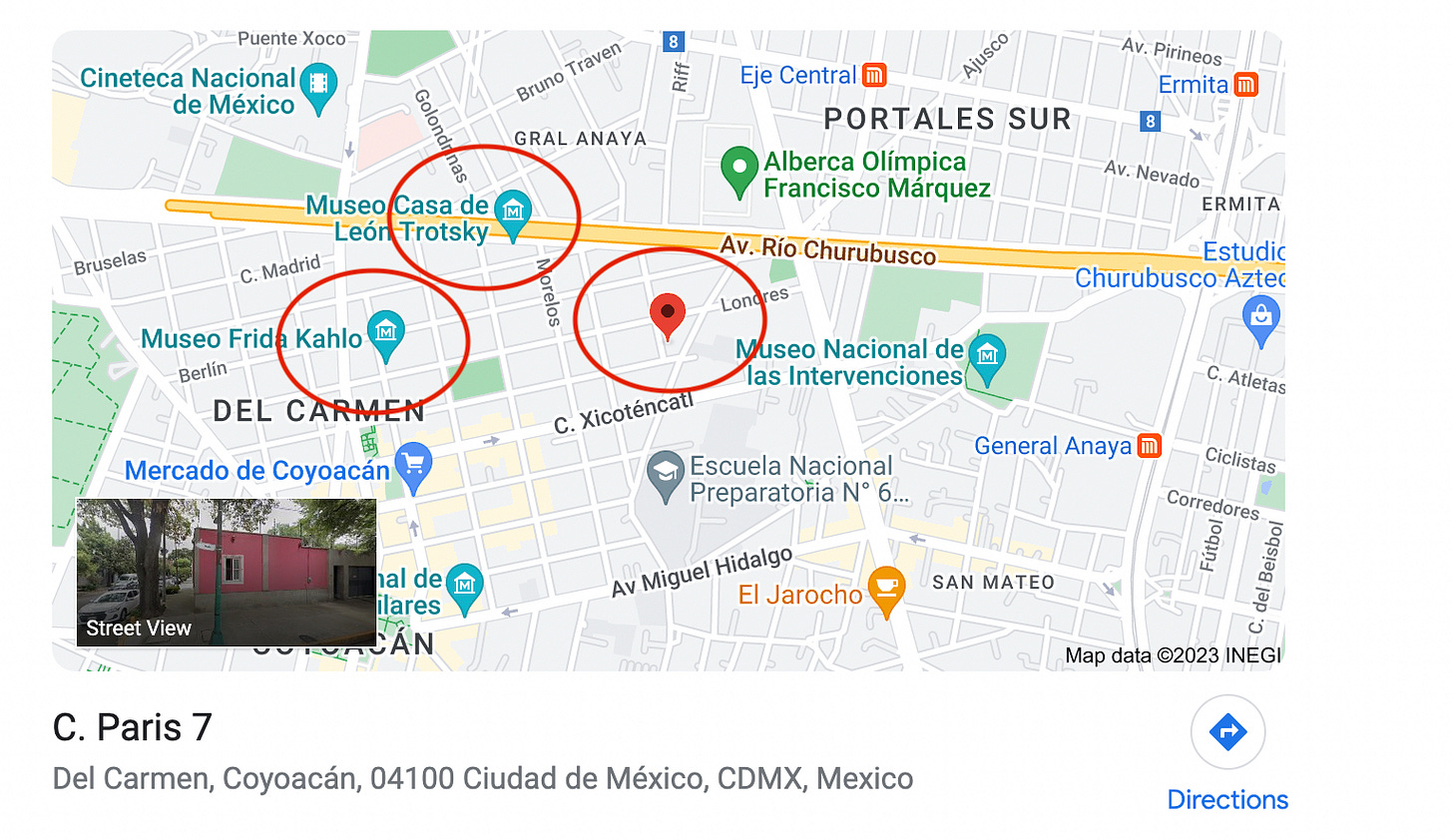


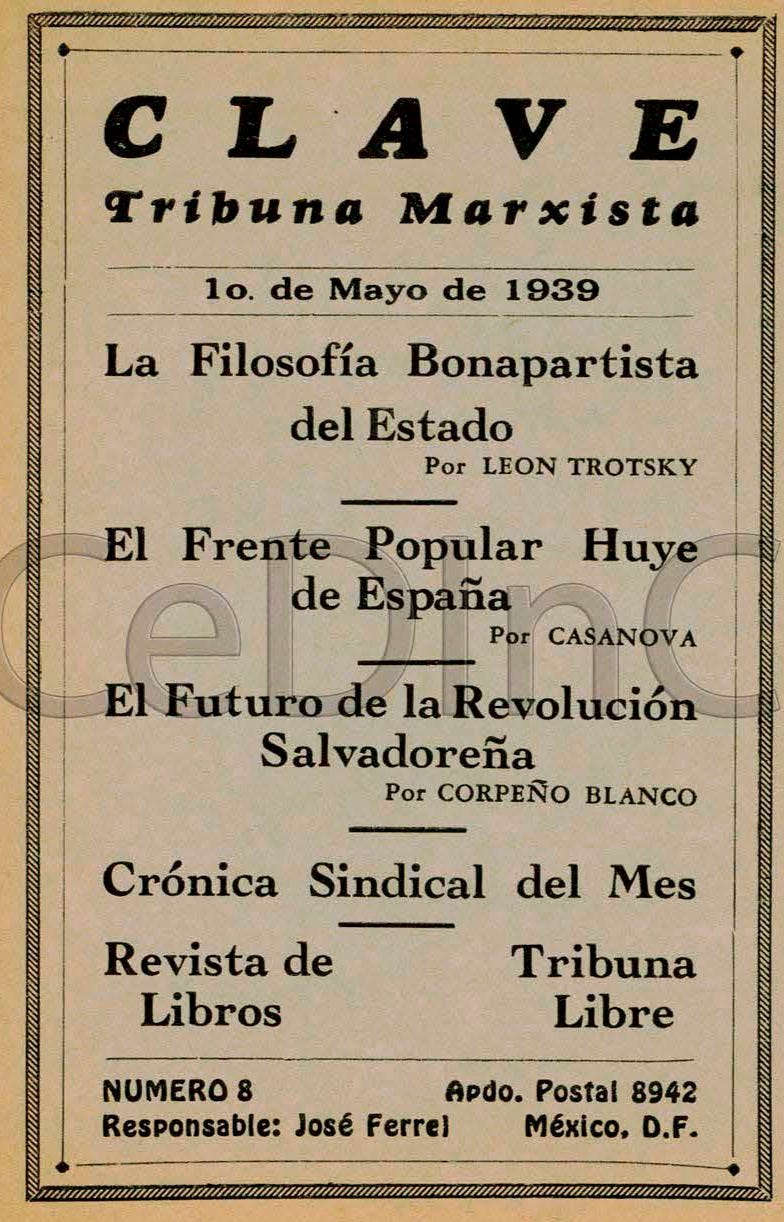
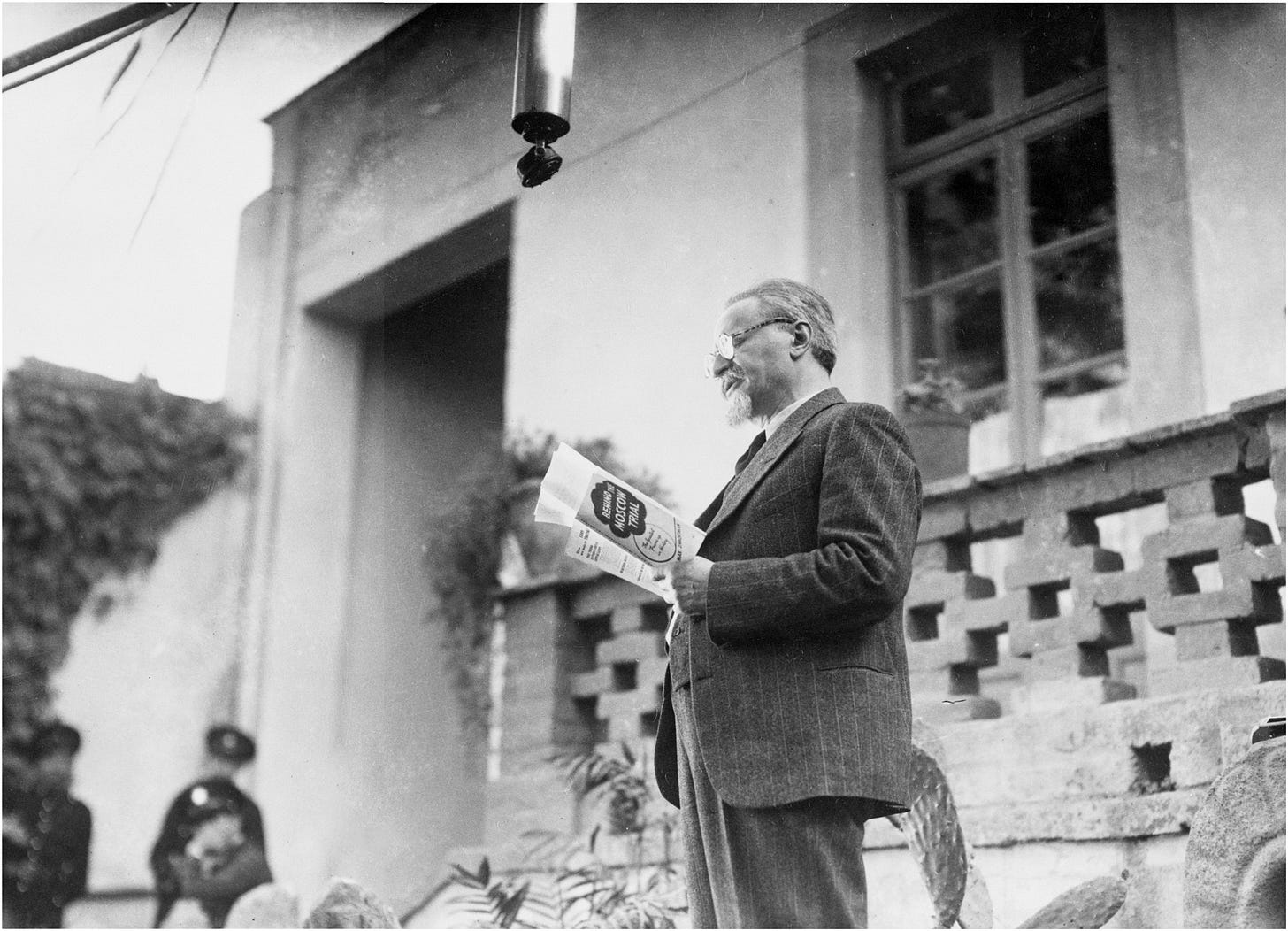
I wish my primary point of reference for this period of Trotsky/Kahlo/Rivera intersection weren’t that Babs Kingsolver book.
Like mom and dad already said, I had no idea he lived in MDX! I remember hearing the fake tour guide story but that’s it. And I don’t recall him talking to me about Mexico when I went on the exchange there in 9th grade either (2001?), which would’ve been a natural time for him to bring it up.